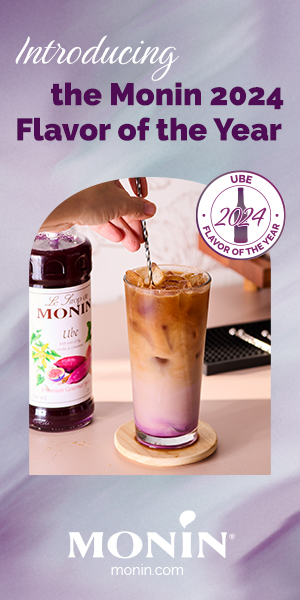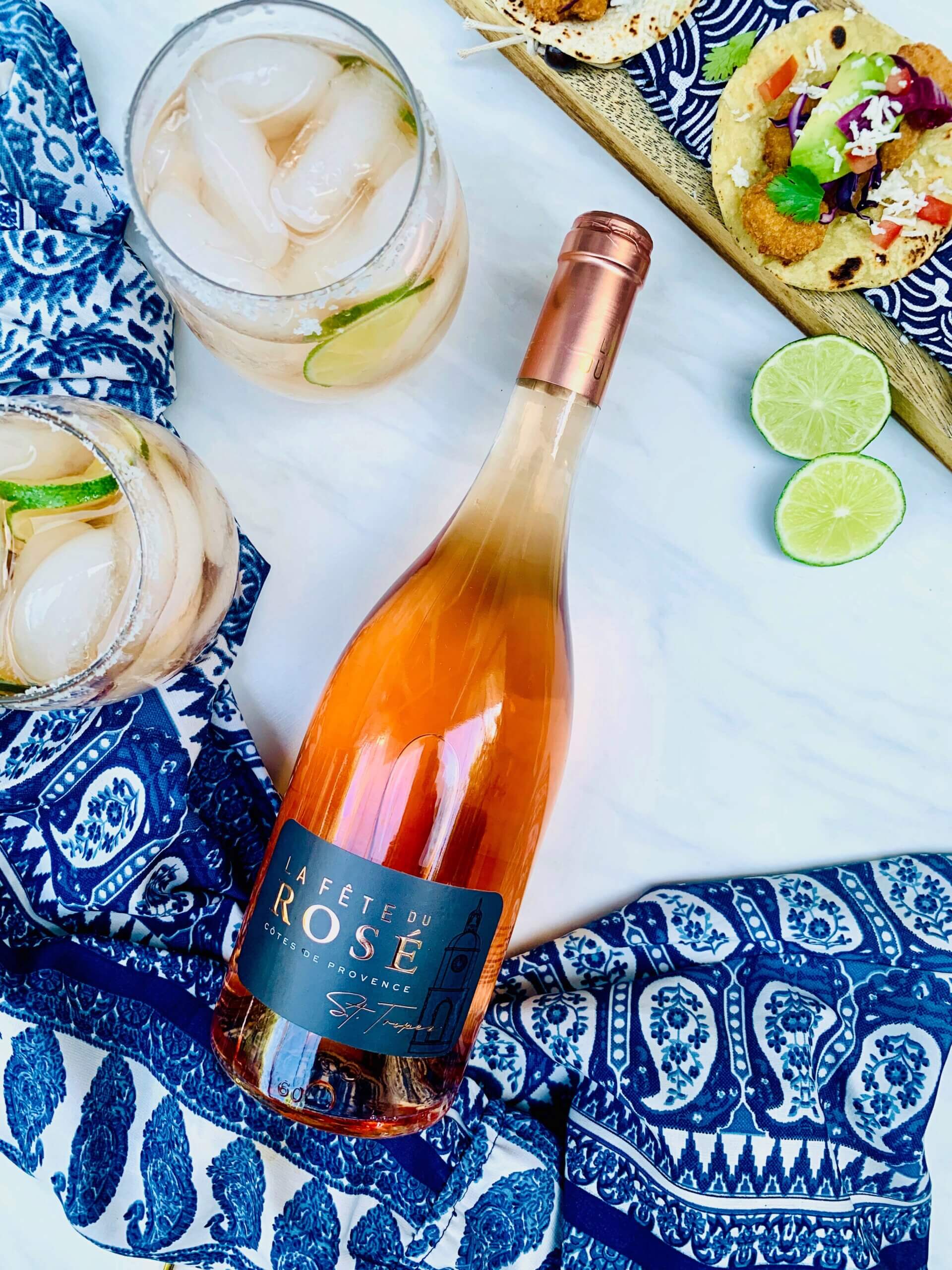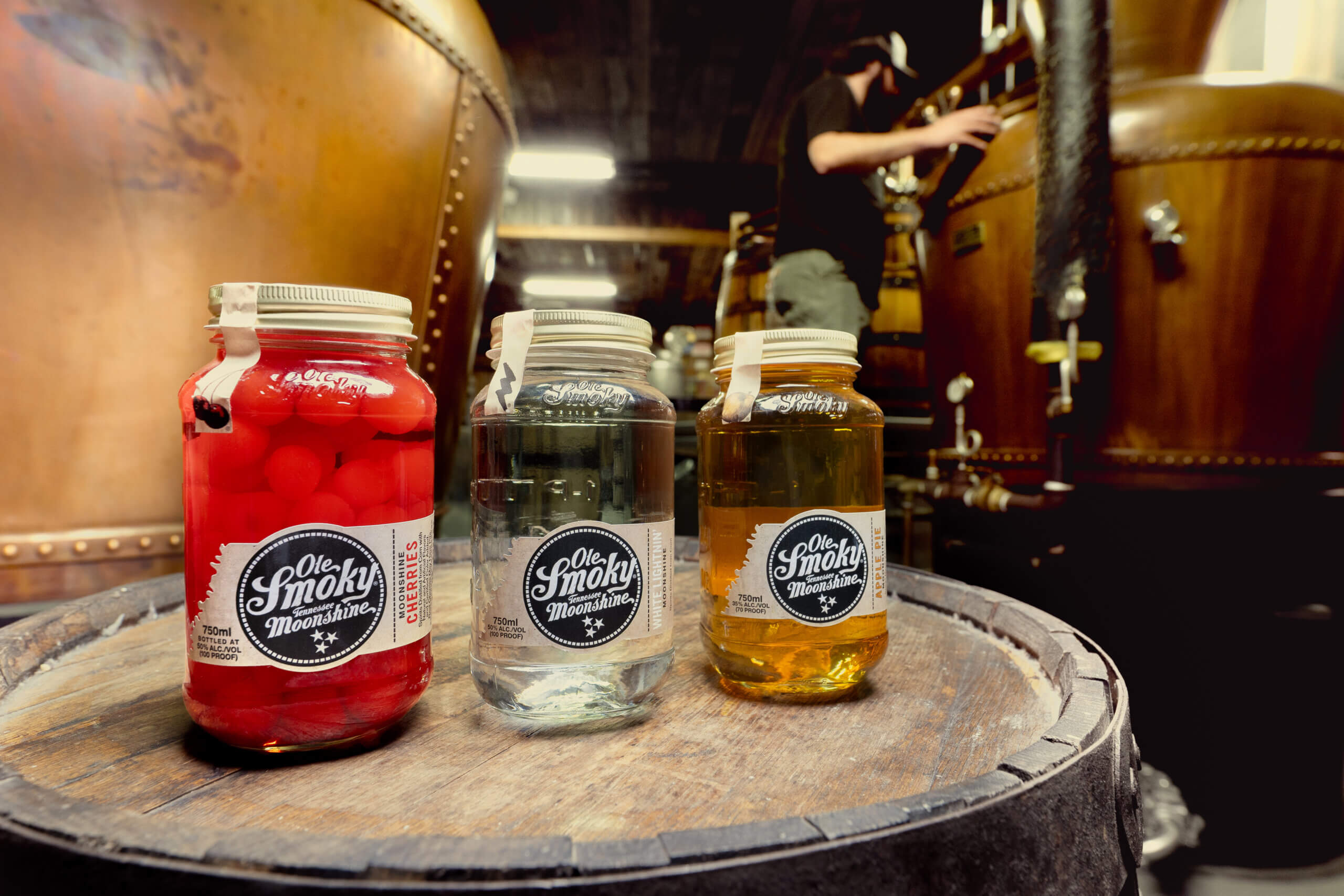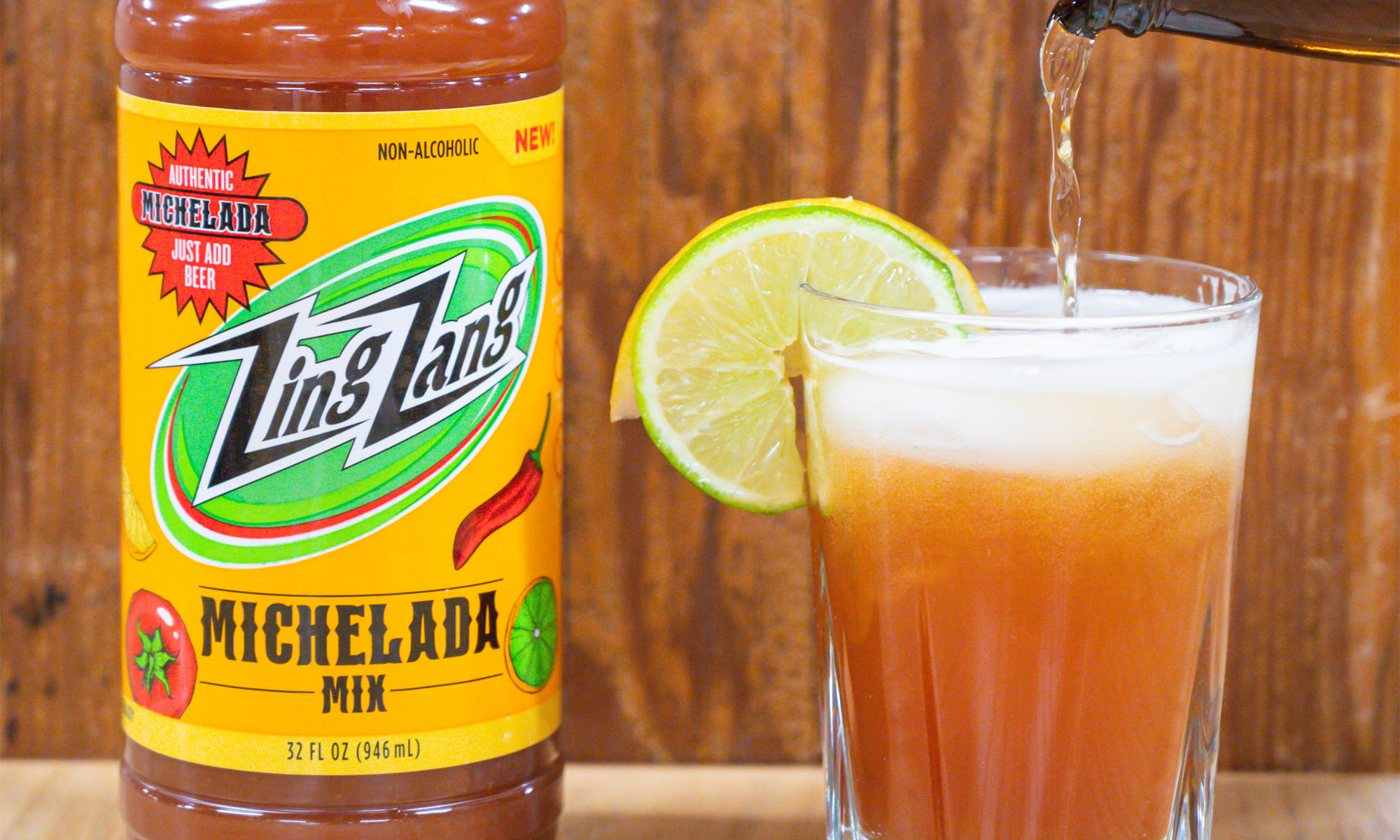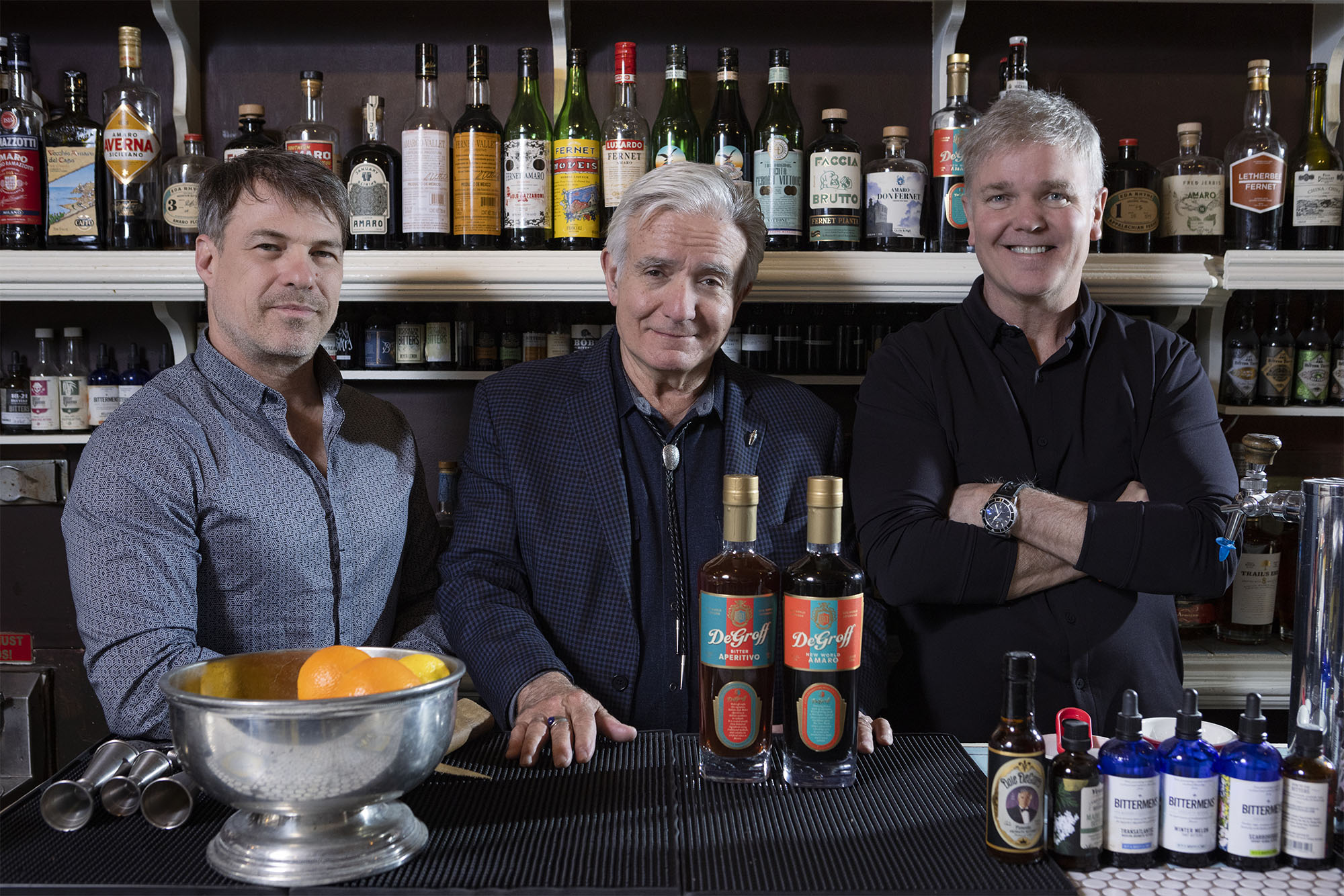Discovering Brunello Wine
By Chilled Magazine
Forty kilometers south of Siena, the town of Montalcino rises out of the rolling hills.

And these Mediterranean hills conceal secrets – areas of rich limestone deposits, zones that are made up primarily of clay. In any wine-growing region, terroir (the climate, soil, and location) is the key to grape production. And, in Tuscany where Montalcino is located, the grapes in question are Sangiovese, a sturdy, intense fruit that is used to make Brunello wine.

Not to be confused with its northern “B” cousins – Barolo and Barbaresco – from Piedmont, Brunello offers rich, bitter cherry, herbal flavors and has the capacity for long aging. It is a wine that not many Americans know, but discovering it – especially paired with the proper foods — is like meeting a long lost relative you feel you have always known.
History tells us that Brunello was discovered by Clemente Santi in the 19th century in the commune of Montalcino. His grandson Ferruccio Biondi Santi planted Brunello grapes on the family farm and was the only producer until the 1950s. By 1975, there were roughly 25 producers of the wine; in 1995, over 120 winemakers were producing approximately 3 million bottles. Between the 70s and the 90s, the region was populated by names now famous in the winemaking world — Cinzano, Frescobaldi, Antinori, and Gaja. Perhaps the most influential of them all was the American Mariani family who literally changed the Tuscan landscape when they built their Banfi winery.
In the 70s, the only Tuscan wine that America really knew about was Chianti, and that was the prosaic bubble bottle wrapped in straw that more often than not was used as a candle holder when empty. Today’s Chianti is a far cry from the candlelit bottles of yore, but it’s Brunello that is the sparkling jewel in the Tuscan crown. Currently, about 9,000,000 bottles are produced each year with about 65% of those bottles exported. Suffice it to say that Montalcino and Brunello are deeply intertwined historically and economically.

It helps that Brunello has its own cheering squad so to speak. The Consorzio del Vino Brunello di Montalcino was founded in 1967 and is the only group of its type in Italy that can claim every producer – all 250 — as a member. The Consorzio maintains quality control – Brunello must be made from 100% Sangiovese grapes, only in the town of Montalcino. Perhaps thanks to all the regulations, it was Brunello that received the first D.O.C.G. (Denomination of Controlled Origin, much like France’s AOC) designation in 1980.

The wines produced from the Brunello grape all tend to be big, cherry-plum wines, but within that description you can find bottlings that range from gentle to intense. Recent banner years include 2004, 2006, 2007, 2010, and 2012. In 2006, the Brunello di Montalcino “Tenuta Nuova” 2001 (Canasanova di Neri) was dubbed “best wine in the world” in Wine Spectator’s “Top 100” list. Brunello had officially arrived.

The price tags on these wines starts on the higher side around $60, but a superb example can be found in bottling in this range, especially from Castello Banfi. Other producers to seek out: Caprilla, Capanna, Casanova di Neri (in the $100-200 plus range), Il Poggiolo, Talenti.
If the Italian countryside is calling to you, open a bottle of Brunello and serve up a hearty lamb ragu. Paired with food, Brunello sings its most powerful notes, opening up to express its berry richness, earthy intensity, and even notes of minerality depending on which vineyard gave birth to the bottle. Regardless of style, this is Sangiovese at its best, evoking the epitome of Italian winemaking skill.


